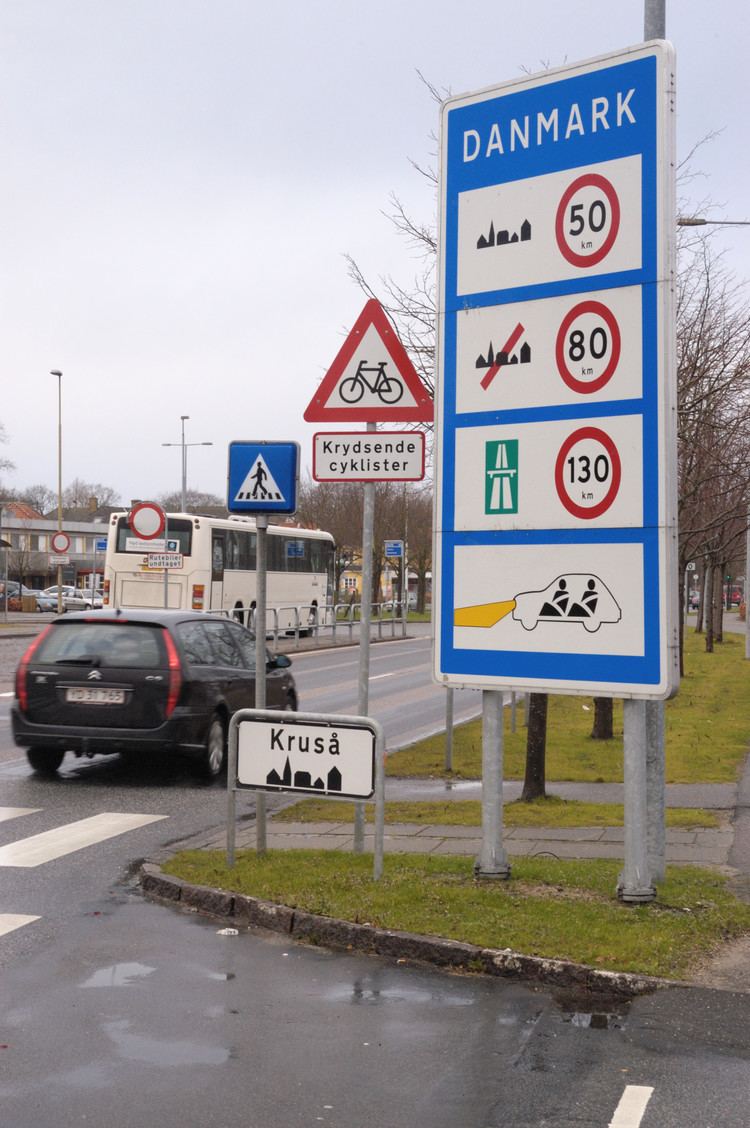 | ||
History
In 811 the Eider was recognized as border between Denmark and the Frankish Empire. As a swampy river it formed a natural border. On the highest area near the watershed, it was dryer. A defense wall, Danevirke, was built there. Later the duchies of Schleswig and Holstein arose. Before 1864 Schleswig was a fiefdom of Denmark, while Holstein was a fief of the Roman-German Empire (until 1806) respectively a member of the German Confederation (after 1815). Both territories were ruled by den Danish king in his additional role as Duke of Schleswig and Duke of Holstein (occasionally together with other Dukes like the Gottorp Dukes). The border between the Danish fief of Schleswig and the German fief of Holstein ran stil along the Eider, the boundary between the duchies and the Kingdom of Denmark ran along the Kongeåen and the southern boundary of the Danish monarchy (≈Helstaten) ran along the Elbe.
In 1864, Schleswig-Holstein was conquered by Prussia, and so an international border was created between Denmark and Germany/Schleswig-Holstein. It went from a place at the coast 5 km south of Ribe, rounded Ribe on 5 km distance, then went eastbound just south of Vamdrup and just north of Christiansfeld to the Baltic Sea.
In 1920, the border was moved around 50 km in southern direction to the present position, as determined by the Schleswig referendum in 1920. This approximately followed the not clearly defined language border.
In 2001, all border controls were removed based on the Schengen Agreement.
In response to the Swedish border control due to the European migrant crisis, border checks were temporarily introduced starting January 4 2016. Prime minister Lars Løkke Rasmussen cited fear of accumulation of illegal migrants in Copenhagen as one of the reasons for this decision.
